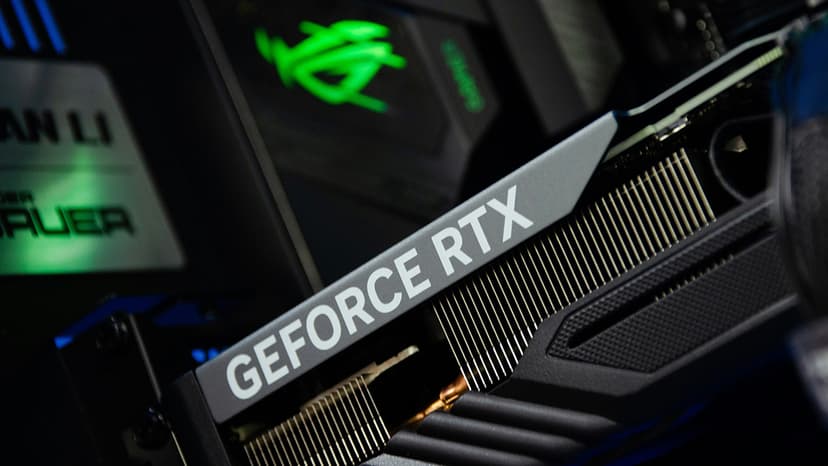What is Skimming Pricing and How Does It Work?
Have you ever wondered why certain new products are priced so high when they are first introduced into the market? This pricing strategy is known as skimming pricing, and it plays a vital role in the world of business and marketing.
Understanding Skimming Pricing
Skimming pricing is a strategy where a company sets a high initial price for a product or service before gradually lowering it over time. This approach is often used when a company introduces a new product with unique features or technologies that set it apart from competitors. By setting the price high, the company aims to maximize profits from early adopters and customers who are willing to pay a premium for the latest innovation.
How Skimming Pricing Works
When a company launches a new product using skimming pricing, it targets the segment of the market that is willing to pay a premium price for the product. This initial high price helps the company recoup its investment in research, development, and marketing. As the product gains traction and competition increases, the company may gradually lower the price to attract more price-sensitive customers.
One industry where skimming pricing is commonly employed is the technology sector. When a new smartphone or gaming console is released, it is often priced high to capitalize on the demand from early adopters. Over time, as new models are introduced and competition intensifies, the price of the product decreases to appeal to a broader customer base.
Benefits of Skimming Pricing
Skimming pricing offers several benefits to companies. Firstly, it allows companies to maximize profits by targeting customers who are willing to pay a premium for new products. This early revenue can help offset the costs of research and development. Additionally, skimming pricing can create a perception of exclusivity and quality around the product, attracting customers who are willing to pay more for premium features.
Risks of Skimming Pricing
While skimming pricing can be an effective strategy, it also comes with its own set of risks. Setting the initial price too high can alienate price-sensitive customers and limit the product's overall market reach. Additionally, if competitors quickly introduce similar products at lower prices, the company may struggle to maintain its premium pricing strategy.
Examples of Skimming Pricing in Action
One classic example of skimming pricing is Apple's strategy with its iPhone lineup. When a new iPhone is released, it is often priced at a premium compared to other smartphones on the market. Over time, as new models are introduced, the price of older models decreases, making them more accessible to a wider range of customers.
Another example of skimming pricing can be seen in the video game industry. When a new gaming console is released, it is typically priced higher to capitalize on the demand from early adopters. As the console ages and competition increases, the price gradually decreases to attract more budget-conscious gamers.
Skimming pricing is a strategic approach used by companies to maximize profits from new products. By setting an initial high price and gradually lowering it over time, companies can capture early adopters and premium customers before expanding their reach to a broader market segment. While skimming pricing offers benefits such as increased profits and perceived quality, it also comes with risks such as limited market reach and potential pricing pressure from competitors. By understanding the principles of skimming pricing, companies can make informed decisions about pricing strategies to achieve their business objectives.












